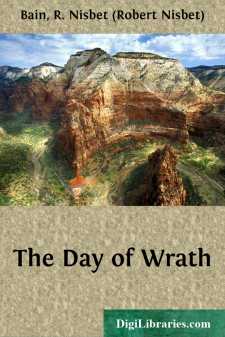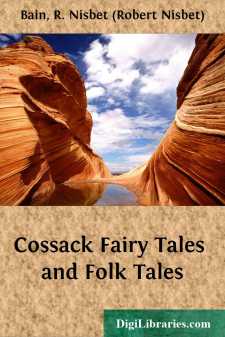Categories
- Antiques & Collectibles 13
- Architecture 36
- Art 48
- Bibles 22
- Biography & Autobiography 813
- Body, Mind & Spirit 142
- Business & Economics 28
- Children's Books 15
- Children's Fiction 12
- Computers 4
- Cooking 94
- Crafts & Hobbies 4
- Drama 346
- Education 46
- Family & Relationships 57
- Fiction 11828
- Games 19
- Gardening 17
- Health & Fitness 34
- History 1377
- House & Home 1
- Humor 147
- Juvenile Fiction 1873
- Juvenile Nonfiction 202
- Language Arts & Disciplines 88
- Law 16
- Literary Collections 686
- Literary Criticism 179
- Mathematics 13
- Medical 41
- Music 40
- Nature 179
- Non-Classifiable 1768
- Performing Arts 7
- Periodicals 1453
- Philosophy 64
- Photography 2
- Poetry 896
- Political Science 203
- Psychology 42
- Reference 154
- Religion 513
- Science 126
- Self-Help 84
- Social Science 81
- Sports & Recreation 34
- Study Aids 3
- Technology & Engineering 59
- Transportation 23
- Travel 463
- True Crime 29
The Day of Wrath
Categories:
Description:
Excerpt
CHAPTER I.
THE BIRD OF ILL-OMEN.
Whoever has traversed the long single street of Hétfalu will have noticed three houses whose exterior plainly shows that nobody dwells in them.
The first of these three houses is outside the village on a great green hill, round which the herds of the village peacefully crop the pasture. Only now and then does one or other of these quiet beasts start back when it suddenly comes upon a white skeleton, or a bleached bullock-horn, in the thickest patches of the high grass. The house itself has no roof, and the soot with which years of heavy rains have bedaubed the walls, points to the fact that once upon a time the place was burnt out. Now, dry white stalks of straw wave upon the mouldering balustrades.
The iron supports have been taken out of the windows, on the threshold thorns and thistles grow luxuriantly. There is no trace of a path—perhaps there never was one.
The land surrounding this house is full of all sorts of fragrant flowers.
The second house stands in the centre of the village, and was the castle of the lord of the manor. It is a dismal wilderness of a place. A stone wall, long since fallen to pieces, separated it at one time from the road. Now only a few fragments of this wall still stand upright, and the wild jasmine creeps all over it, casting down into the road its poisonous dark red cherries. The door lolls against its pillars, it looks as if it had once upon a time been torn from its hinges and then left to take care of itself. The house itself, indeed, is intact, only the windows have been taken out and the empty spaces bricked in. Every door, too, has been walled up, boards have been nailed over the ventilators in the floor, the white stone staircase leading up to the hall has been broken off and propped up against the wall, and the same fate has befallen a red marble bench on the ground floor.
Here and there the cement has fallen away from the front of the house, and layers of red bricks peep through the gap. In other places large heaps of white stone are piled up in front of the building. In the rear of it, which used to look out upon a garden, it is plain that a good many of the windows have also been built in, and, to obliterate all trace of them, the whole wall has been whitewashed. All round about many fruit-trees seem to have been rooted up, and for three years running, the caterpillar-host has fallen upon the remnant; nobody looks after them, and they are left to perish one by one, consumed by yellow mould.
The third house is a little shanty at the far end of the village, shoved away behind a large ugly granary, with its little yard full of reeds, in the midst of which is a crooked, dilapidated pump. The panes of glass in the lead-encased frames have been frosted over, the marl of the thatched chimney is crumbling away, and the whole of the roof is of a beautiful green, like velvet, due to the luxuriantly spreading moss.
It is thirty years since these three houses were inhabited.
In the little hut, on the reed-thatched roof of which the screech-owl now lays its eggs, dwelt thirty years ago, a crazy old woman, they called her Magdolna. She must have been for a long time out of her wits; some said she had been born so, others maintained that the roof had fallen right upon her head and injured her brain; others again affirmed that the marriage of her only daughter with the hangman was the cause of her mental aberration. There were some who even remembered the time when this woman was rich and respected, and then suddenly she had become a beggar, and subsequently a crazy beggar. Be that as it may, in those days this old woman exercised a peculiar influence over the superstitious peasantry.
A sort of awe-inspiring exaltation seemed to take possession of this creature whenever she stood at the threshold of her hut, within the walls of which she usually remained in a brown study insensible to her surroundings for days together.
When, at such times of exaltation, she stepped forth into the street, all the dogs in the village would fall a howling as they are wont to do when the headsman goes his rounds....



















